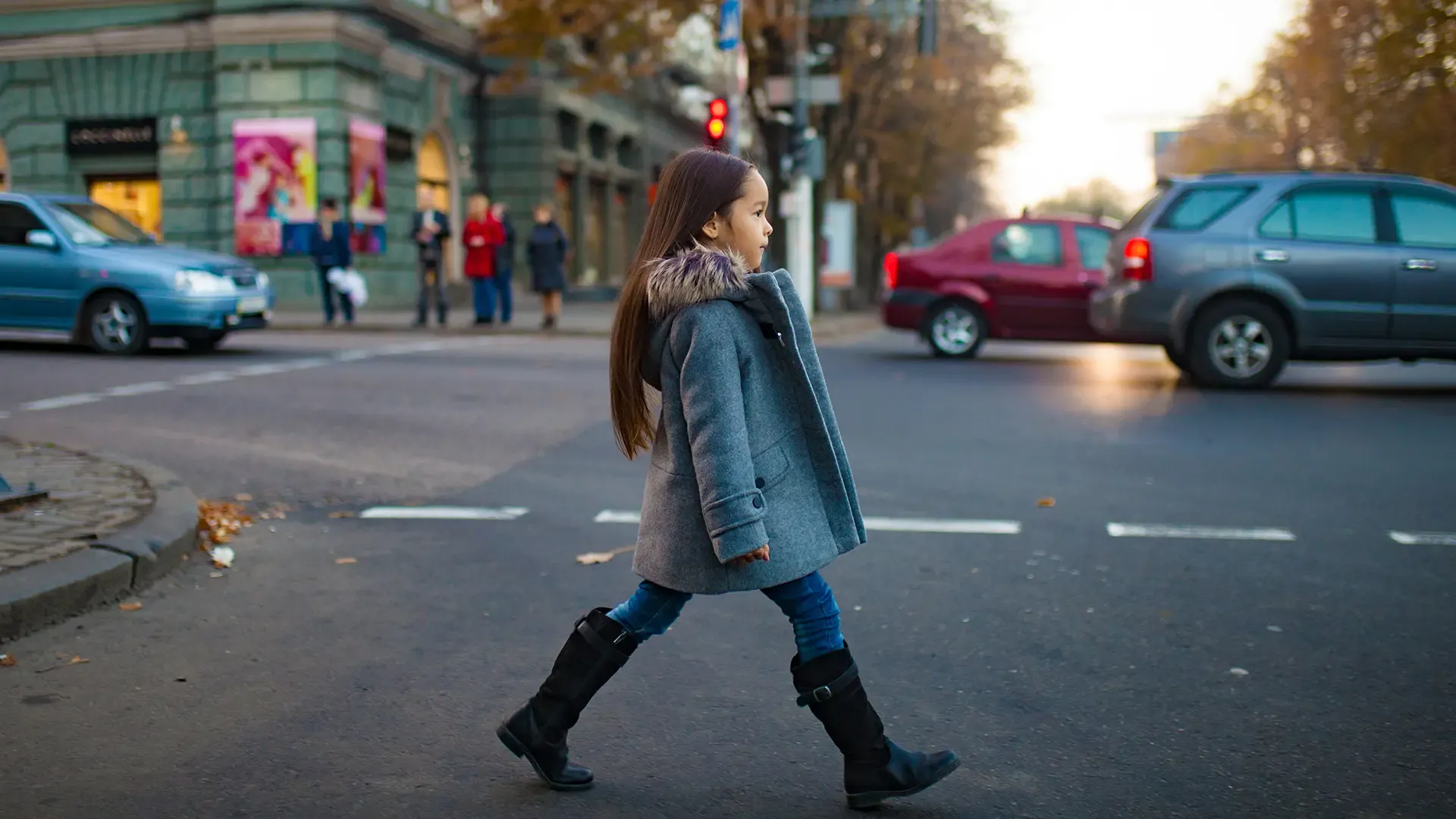
Photo by Adobe Stock
Most people use Google Street View to help find their way, but University of Maryland researchers employed it as part of a new study that aimed to locate spots where your journey might abruptly end.
In a study published June 6 in the British Medical Journal of Injury Prevention, the research team analyzed the imagery—which offers 360-degree views of streets around the world—with artificial intelligence tools to identify key environmental elements influencing the frequency of collisions involving cars, pedestrians and cyclists.
“Car crashes are the leading cause of death for young people between 5 and 29 years old, so it’s crucial to understand how the physical environment can increase or lessen fatal collisions and which communities are most affected by this,” said Quynh Nguyen, a professor of epidemiology and biostatistics who led the study.
Nguyen’s team manually annotated 18,000 Google Street View (GSV) images, highlighting five features used to train an AI-enabled computer vision model: sidewalks on at least one side of the road; streetlight; single-lane roads; road construction and overall street greenness.
Once trained, the AI system searched roadways nationwide for such features. The team examined a census of all fatal motor vehicle collisions using 2019-21 data from Fatality Analysis Reporting System, a national dataset produced by the National Highway Traffic Safety Administration. The research team also used 2019-22 data from the Washington, D.C., Department of Transportation to look at the five features’ impacts on both fatal and nonfatal crashes.
“Because we could crunch such a large amount of GSV data from across the country, we got precise results on which built elements influence car crashes,” Nguyen said. “It was clear that places with higher levels of greenery, streetlights, single-lane roads and sidewalks were associated with fewer fatal car crashes.”
Sidewalks had the greatest impact on reducing crashes. Places with what the study deemed the greatest presence of sidewalks had 70% fewer traffic accidents, while places with one single-lane road, often found in rural areas, had 50% fewer accidents.
Streetlights and stop signs were associated with fewer car accidents involving pedestrians or cyclists. However, areas with road construction saw more collisions.
The study is an example of how many of the public health issues facing communities are solvable with innovative approaches to data, said Xiaohe Yue, a data analyst in the UMD School of Public Health (SPH) and study co-author.
“Emerging technologies and access to extensive data sources have been helpful in finding solutions to some of the public health issues that plague populations,” Yue said.
The researchers say the findings can inform transportation and infrastructure policy by offering proven practical options for decision-makers to improve road safety.
“We hope that our work will lead urban planners and developers to consider the built environment more carefully and so design safer streets and communities,” said co-author Heran Mane, a data analyst working with Yue in SPH.
Nguyen sees a whole new research pathway emerging.
“We are seeing a rise in leveraging data science and AI to enable larger, more efficient and more timely studies like this one,” Nguyen said. “This research is one demonstration of how we can use AI to improve public health, and we know there’s so much more to come.”
-- By Sumaya Abdel-Motagaly '26